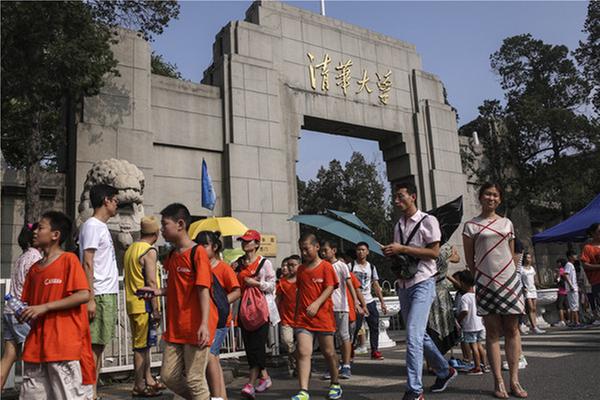Faking overseas identity hurts fairness of college entrance exam
China Daily | Updated: 2017-04-28 07:52
 |
| Tourists walk by the west gate of Tsinghua University on August 1, 2016. [Photo/VCG] |
To attract overseas Chinese students to study in domestic universities, China organizes a special college entrance exam for them every year. The exam is much less competitive than the college entrance exams taken by mainland students.
As a result, the number of "overseas Chinese" candidates usually rises remarkably before the exam season, as agencies obtain "overseas" identities for those mainland families willing to pay the hefty price to get their children into a good college.
The Ministry of Education is seeking to curb the practice, and it announced on Tuesday that it has launched an investigation together with the foreign affairs and public security ministries, and they will hold a zero-tolerance attitude toward the practice.
The college exam system for overseas Chinese has remained unchanged for more than three decades. The education authorities need to plug the loopholes that undermine the fairness of the college entrance exams.
Besides, reform measures in recent years allow universities more autonomy in enrolling students. The education authorities must not ignore the rising concerns that the reforms, which play down the importance of exams, will make it more difficult than before for students from less-developed areas and poverty-stricken families to compete for a place in key universities.
Such concerns are understandable, because the students from well-off urban families who have had the luxury of music, sports and the arts training are more likely to be enrolled by the best universities first, which leaves fewer places for children from poorer regions and poorer families.
Statistics show even though China has greatly expanded its college enrollment since the late 1990s, the number of rural students in key universities has remained almost unchanged, or even fallen.
The fake overseas Chinese identities are only a case in point, showing how easy it is for the wealthy to buy their way into key universities.
























